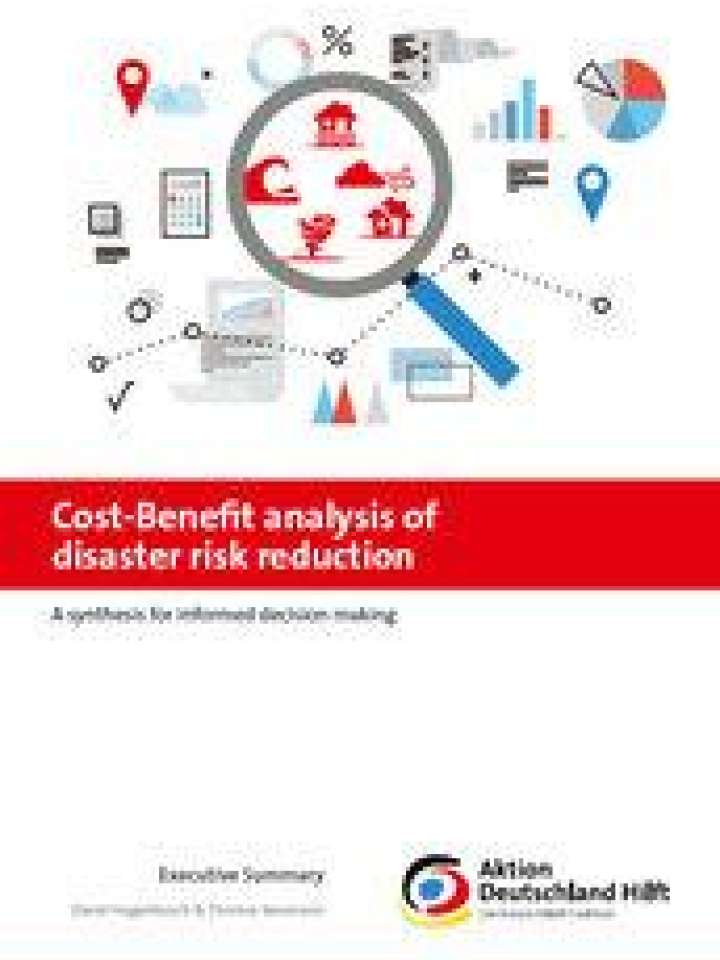Cost-benefit analysis of disaster risk reduction: A synthesis for informed decision making
The objective of this paper, commissioned by Aktion Deutschland Hilft e.V., is the development of a structured synthesis of available case studies to create generalised statements about the economic efficiency of disaster risk reduction (DRR). Furthermore, the goal is to present results specifically for different hazard types to allow for a comparison of DRR across all hazards. It discusses a methodological framework for a structured analysis and cross-project comparability of economic efficiency in DRR.
The key results are the following (p. 29):
- DRR pays off;
- Non-structural measures are on average more cost efficient than their structural counterparts;
- DRR prevention and preparedness strategies are equally efficient;
- The lower the Human Development Index (HDI) of a country the higher the economic gain of DRR measures;
- Ex-ante evaluations usually assume longer DRR lifecycles and calculate higher benefit-cost ratios in comparison with ex-post evaluations;
- The Cost-Based Analysis (CBA) results could be influenced by the entity conducting the study;
- The estimated DRR lifetime is on average considerably lower in countries with a low HDI than in countries with a high HDI.
Explore further
